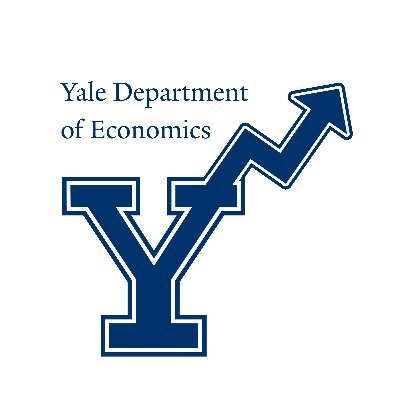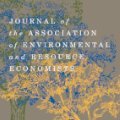
Lassi Ahlvik
@AhlvikLassi
Followers
2K
Following
23K
Media
257
Statuses
1K
Professor of environmental economics at @EREhelsinki and @HelsinkiGSE. Adjunct associate professor at @UniStavanger. Member of @ilmastopaneeli1.
Joined October 2019
RT @stefanski_radek: What are the productivity costs of dispersed tax policies? New work (w/ @AhlvikLassi, @jorgenja, @tfharding, Trew) fin….
0
2
0
RT @rod_coliveira: 📢 Big news for inequality researchers & policy-makers!. @UNUWIDER has just released a major update to the World Income I….
0
134
0
RT @VSET_contact: Coming up next: on 15/May, Mohammad Akbarpour (Stanford) presents "Optimal Redistribution via Income Taxation and Market….
0
3
0
Toimiiko päästökauppa Intiassa? Kyllä, erittäin hyvin, kertoo satunnaiskokeiluun perustuva tutkimus.
NEW in the Quarterly Journal of Economics (@QJEHarvard): "Can Pollution Markets Work in Developing Countries? Experimental Evidence from India". By Michael Greenstone, Rohini Pande, Nicholas Ryan, and Anant Sudarshan:
0
1
15
Kirjoitin @SiniNumminen kanssa energiatukien kohdentamista. Monissa verrokkimaissa (Britit, Tanska, Ranska) tuet on sidottu saajan tuloihin. Suosittelemme samaa Suomeen:.
0
1
6
Ympäristötaloustieteen uusia tutkimuskysymyksiä: avaruusromu ja Kesslerin syndrooma.
🌍 Just accepted 🌏 in @JaereAere:. "The Economics of Orbit Use: Open Access, External Costs, and Runaway Debris Growth" by Akhil Rao (@ThatAkhilRao) and Giacomo Rondina (@giacomorondina). Read it here:
0
0
2
RT @pedrohcgs: This paper has been in the making for so long that eight children across the co-author group were born between the time we s….
0
460
0
RT @YanQinyq: ⬆️🙃UK carbon price just surged 6.5% on a Bloomberg news headline about UK-EU ETS linkage
0
5
0
RT @cepr_org: New CEPR Discussion Paper - DP19972.Household-Level Responses to the European Energy Crisis.@AhlvikLassi @helsinkiuni @UniSta….
0
2
0















